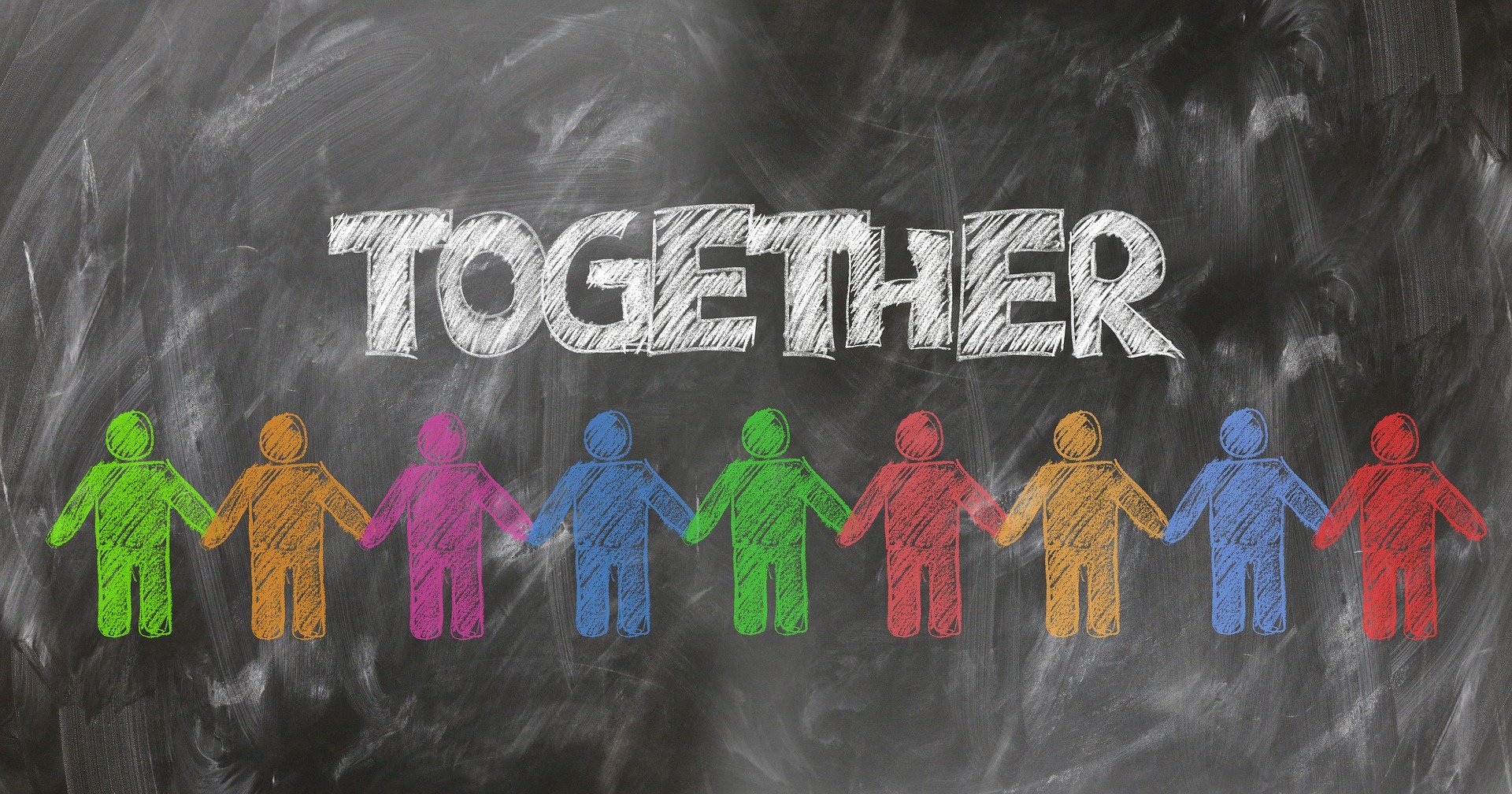SEL Takes Center Stage in Roadmap to Reopening
The recent guidance from the U.S. Department of Education recognizes that SEL, mental health, and academic success can’t be separated

Social-emotional learning experts are applauding the U.S. Department of Education’s decision to put SEL and the mental health of both educators and students at the heart of its recently released COVID-19 Handbook, Volume 2: Roadmap to Reopening Safely and Meeting All Students’ Needs.
“There's a lot to appreciate in the guidance, and I think they've done an incredibly thoughtful and thorough job,” says Karen VanAusdal, senior director of Practice for The Collaborative for Academic, Social, and Emotional Learning (CASEL). “Seeing SEL foregrounded in this way is really powerful, and not just for students and young people but for the adults as well.”
She adds, “It makes a clear case that we can't separate SEL and academic learning, that these are two sides of a coin, and that if you want to accelerate academic learning, we have to attend to the social-emotional health of adults and young people, and vice versa.”
SEL and Mental Health Are Part of Readjustment to School
The COVID-19 Handbook, Volume 1 was subtitled “Strategies for Safely Reopening Elementary and Secondary Schools” and focused on how schools could implement CDC recommendations for COVID safety. Volume 2 puts the focus squarely on the mental health of students and educators.
“This is really talking about the overall well-being of all of the stakeholders who are connected to schools,” VanAusdal says. “There are lots of resources, lots of good examples in there.”
The 53-page guidance contains examples from various educators and school districts on how best to support students. In one example, the report details how Baltimore City Public Schools built upon existing SEL implementation efforts and developed SEL lesson plans aligned with grade groupings and weekly themes around compassion, connection, and courage.
The report notes that key evidence-based practices that maximize students’ social, emotional, and academic benefits include:
Tools and ideas to transform education. Sign up below.
- Creating a framework for meeting students’ social, emotional, and academic needs
- Building strong and trusting relationships among students, families, and educators
- Establishing safe, positive, and stable environments
- Explicitly teaching critical social, emotional, and academic skills
- Actively engaging students in meaningful and culturally and linguistically relevant learning
- experiences rooted in high academic expectations for all students
- Providing supportive and specific feedback to encourage skill growth across all domains
- Providing access to support from school counselors, psychologists, and trusted staff members
- Establishing building-level wellness teams to address the SEL needs of both students and staff
Additional SEL Tips
Beyond the guidance from the Department of Education there are many resources available, including an SEL roadmap that CASEL released at the beginning of the school year and updated in January.
Districts need to take time to respond to what students have experienced. “In schools, time is a huge currency,” VanAusdal says. “Yes, we want to make sure that the academic learning is happening, but how do we make sure that we're creating the foundation for that by having some time at the beginning of the year to reacquaint our students with each other, with their teachers, with the school building itself, and to reflect on what we've all been through this last year, and build this into the curriculum?”
Educators can build SEL into any class.
“If I'm designing a science lesson, I would have a science objective, but I might also have an SEL objective,” VanAusdal says. “‘I want students to know how to collaborate in a group to solve a problem,’ might be an SEL objective. ‘I want students to persist through challenging thinking and challenging work.’ I do that in the design of my instruction. And then I also make that apparent to students and transparent to students that this is part of what we're learning here.”
Erik Ofgang is a Tech & Learning contributor. A journalist, author and educator, his work has appeared in The New York Times, the Washington Post, the Smithsonian, The Atlantic, and Associated Press. He currently teaches at Western Connecticut State University’s MFA program. While a staff writer at Connecticut Magazine he won a Society of Professional Journalism Award for his education reporting. He is interested in how humans learn and how technology can make that more effective.

